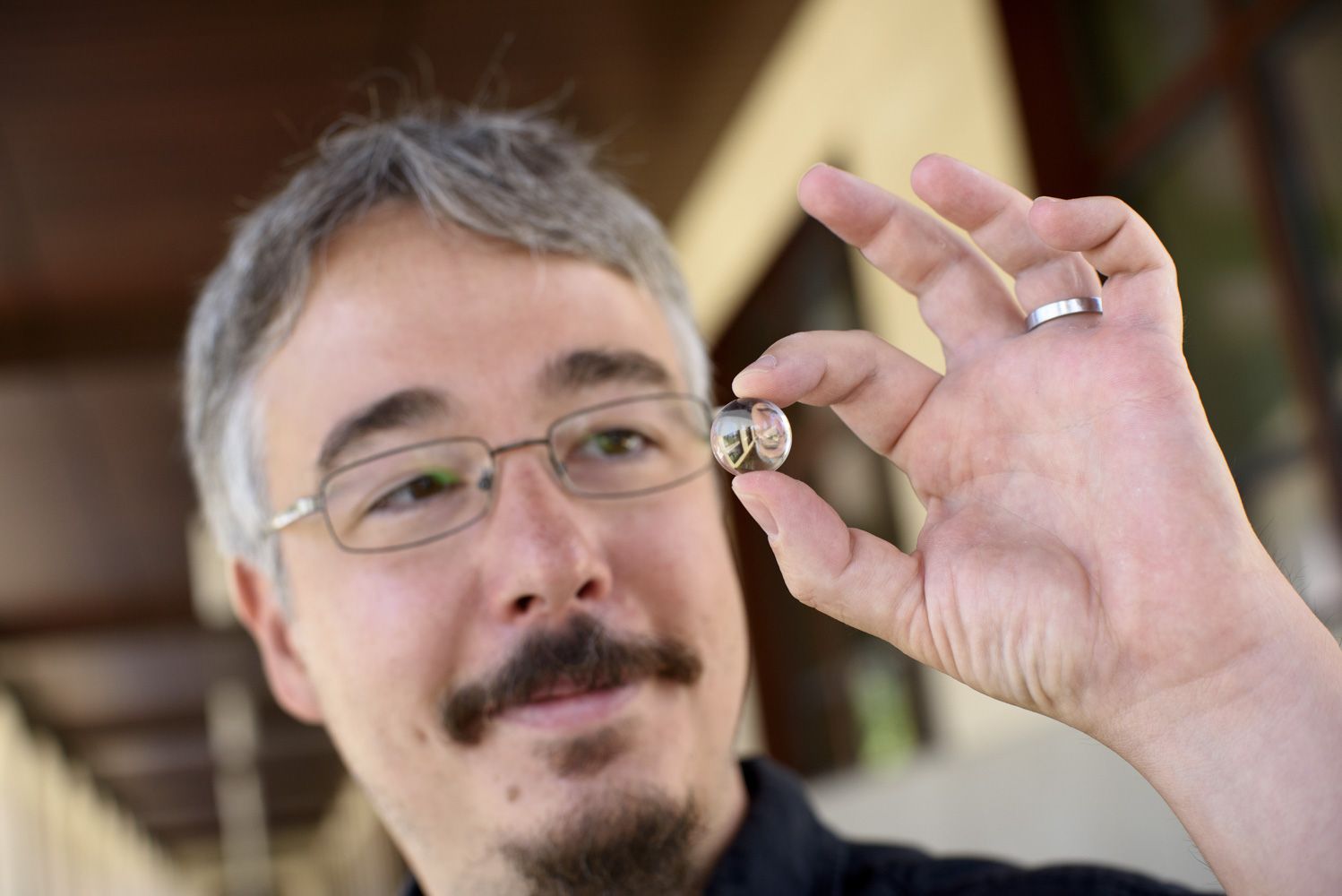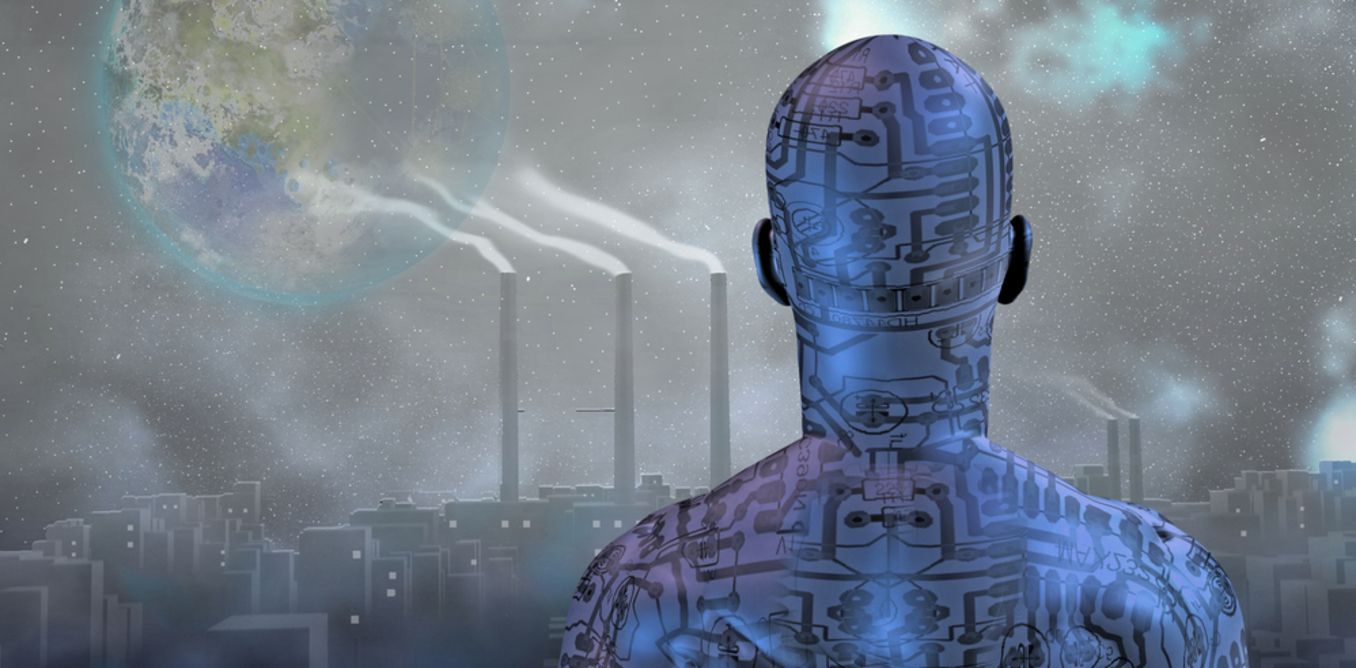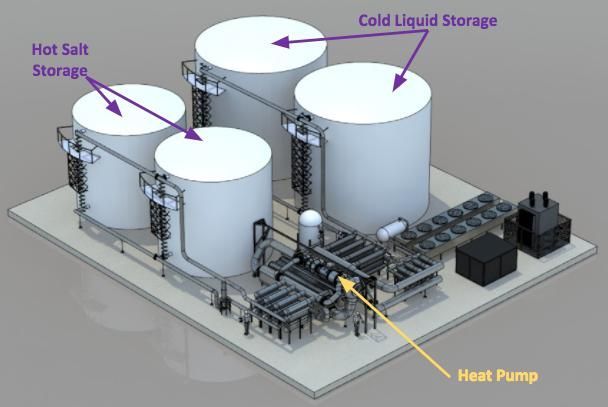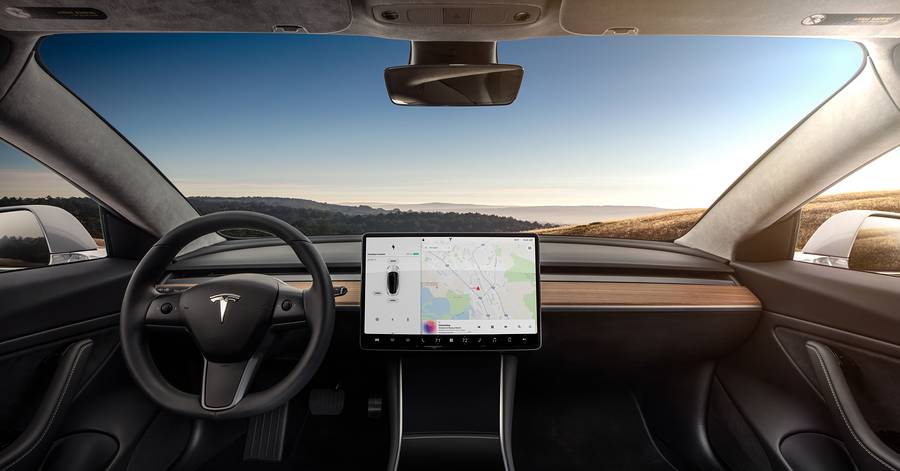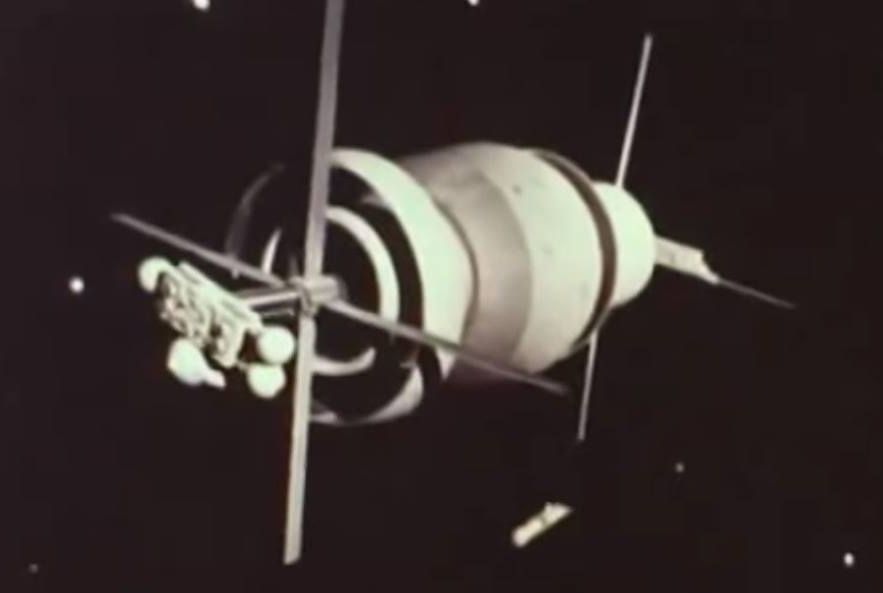Page 9952
Jul 31, 2017
Opinion: Super-intelligence and eternal life—transhumanism’s faithful follow it blindly into a future for the elite
Posted by Klaus Baldauf in categories: bioengineering, biotech/medical, cyborgs, genetics, life extension, nanotechnology, robotics/AI, transhumanism
The rapid development of so-called NBIC technologies – nanotechnology, biotechnology, information technology and cognitive science – are giving rise to possibilities that have long been the domain of science fiction. Disease, ageing and even death are all human realities that these technologies seek to end.
They may enable us to enjoy greater “morphological freedom” – we could take on new forms through prosthetics or genetic engineering. Or advance our cognitive capacities. We could use brain-computer interfaces to link us to advanced artificial intelligence (AI).
Nanobots could roam our bloodstream to monitor our health and enhance our emotional propensities for joy, love or other emotions. Advances in one area often raise new possibilities in others, and this “convergence” may bring about radical changes to our world in the near-future.
Jul 31, 2017
This $1.2 million dollar flying car will transition from road to air in 3 minutes
Posted by Dan Kummer in category: transportation
Jul 31, 2017
How this 32-year-old investor with ties to Elon Musk wants to use AI to build a perfect planet
Posted by Derick Lee in categories: economics, Elon Musk, finance, robotics/AI, transportation
In a not-too-distant future city, superintelligent robots will carry out the majority of vital tasks. Driverless cars will ferry passengers to and from points of interest. Housing and healthcare will be affordable, if not free to all. Political leaders and technologists will speak the same language. And life is good.
Sam Altman, the 32-year-old president of Y Combinator, the most prestigious startup accelerator in Silicon Valley, has laid out this utopian vision over the years, and most definitively in a job listing posted on YC’s blog in June 2016.
“We’re seriously interested in building new cities and we think we know how to finance it if everything else makes sense,” the post read. “We need people with strong interests and bold ideas in architecture, ecology, economics, politics, technology, urban planning, and much more.”
Jul 31, 2017
Alphabet’s ‘moonshot’ lab has a new project to store renewable energy
Posted by Dan Kummer in categories: drones, internet, robotics/AI, solar power, sustainability
(A rendering of what X’s renewable energy storage plant would look like. X) X, the “moonshot” division of Google’s parent company Alphabet that has worked on everything from self-driving cars and delivery drones, has a new public project: storing renewable energy so it doesn’t go to waste.
The team working on the project is codenamed “Malta,” and it aims to efficiently store energy from solar and wind using salts. That way, renewable energy can still be used even if solar panels or wind turbines can’t collect energy.
Malta is part of X’s Foundry, which explores early-stage projects. It’s not an “official” project like Project Wing (drone delivery) or Project Loon (high-altitude balloons that beam the internet to the surface). X is announcing Malta now because it wants to build a prototype plant for testing how storing renewable energy can feed a power grid. It’s accepting applications for potential partners on its website.
Continue reading “Alphabet’s ‘moonshot’ lab has a new project to store renewable energy” »
Jul 31, 2017
Tesla Model 3 Test Drive: Car Has Bite and Simple Interior
Posted by Dan Kummer in categories: sustainability, transportation
FREMONT, Calif.—A first peek inside Tesla Inc.’s new Model 3 compact car revealed a starker, cozier interior than the more spacious and luxurious Model S. But as the sedan sped off, the experience felt similar.
On Friday, the Silicon Valley auto maker showed off details of the all-electric sedan’s interior for the first time, allowing a roughly 10-minute test ride around the factory.
The Model 3 represents a milestone for…
Continue reading “Tesla Model 3 Test Drive: Car Has Bite and Simple Interior” »
Jul 31, 2017
Rethinking Radical Thoughts: How Transhumanists Can Fix Democracy
Posted by Zoltan Istvan in categories: business, economics, geopolitics, life extension, robotics/AI, transhumanism
O n a recent evening at a start-up hub in Spitalfields, London, journalist and author Jamie Bartlett spoke to a small group of mostly under 40, mainly techie or creative professionals about his book Radicals: Outsiders Changing the World. The book, which Bartlett started to research in 2014, before Brexit and Trump, chronicles his time with a series of different radical groups, from the Psychedelic Society — who advocate the “careful use of psychedelics as a tool for awakening to the unity and interconnectedness of all things” — to Tommy Robinson, co-founder of the unabashedly far-right English Defence League, to the founder of Liberland, a libertarian nation on unclaimed land on the Serbian/Croatian border, to Zoltan Istvan, who ran as US transhumanist presidential candidate on a platform of putting an end to death. He campaigned by racing around America in a superannuated RV which he’d modified to look like a giant coffin, dubbed “the Immortality Bus.” His efforts were in vain, and illegal, as it turned out: his campaign was in breach of the US’ Federal Electoral Commission rules.
Bartlett’s book has been damned with faint praise — he has been called “surprisingly naive about politics,” and defining ‘radical’ so broadly as to make the term “meaningless.” The general consensus goes that Bartlett’s journey through the farthest-flung fringes of politics and society is entertaining and impressively dispassionate, but not altogether successful in making a clear or convincing case for radicals or radicalism. But at the talk that night Bartlett challenged what he sees as the complacent acceptance and defense of our current political and governmental systems, institutions and ideas, of the kind of technocratic centrism that prevailed throughout the global North until very recently. Perhaps they need some radical rethinking. Many of the radicals Bartlett spent time with may be flawed, crazy or wrong — literally, legally and morally — but they can also hold up mirrors and magnifying glasses to political and social trends. And sometimes, they can prophesize them…
Bartlett began the evening by saying, “If democracy were a business, it would be bankrupt.” A provocative statement, but one that he backs up. He pointed to research showing that only 30% of those born after 1980 believe that it is essential to live in a democracy. That rate drops steadily with age. A closer look at the research around peoples’ attitudes reveals widespread skepticism towards liberal institutions and a growing disaffection with political parties. Freedom House’s annual report for 2016 shows that as faith in democracy has declined so too have global freedoms — 2016 marks the “11th consecutive year of decline in global freedom.” While a lot of attention has been given to violent polarization, populism and nationalism rising out of anger at demographic and economic changes, Bartlett suggests that perhaps comfort and complacency are culprits too, and he is not the only one: only last week Financial Times columnist Janan Ganesh took up a similar theme.
Continue reading “Rethinking Radical Thoughts: How Transhumanists Can Fix Democracy” »
Jul 31, 2017
Dr: Aubrey de Grey talks about the benefits of using functional aging biomarkers to determine the rate of aging in people
Posted by Steve Hill in category: life extension

We are working with Centers for Age Control Inc who are developing a multiple functional age biomarker system check it out at: https://www.lifespan.io/campaigns/agemeter-biomarker-scan/
Jul 31, 2017
Libra — A movie on space libertarianism from 1978
Posted by Andreas M. Hein in categories: government, solar power, space, sustainability
“The year is 2003, and space colony Libra’s development of solar power could solve an acute, worldwide energy crisis. Government opposition to the Libran energy plan sparks a debate about free enterprise and government control.” (IMDb)
https://www.youtube.com/watch?v=xfY4djdAW_s
Jul 31, 2017
Space Exploration Masters
Posted by Klaus Baldauf in categories: business, habitats, robotics/AI, space travel
Space exploration contains large potential for the creation of innovative applications, products and services, also benefitting Earth. With new topics and application areas arise countless possibilities for technology transfer and novel ideas for space-based technologies and their application in non-space industries, as well as new targets and opportunities for business.
